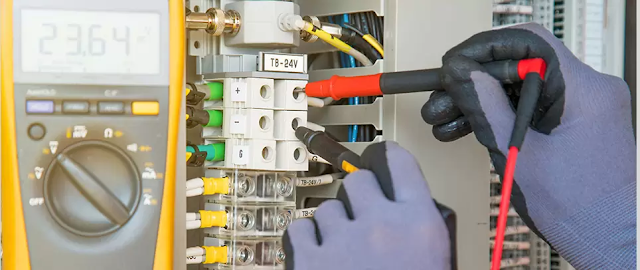VFD Motor Control - All You Need to Know
A Variable Frequency Drive (VFD) is a type of motor control device that regulates the speed and torque of an AC induction motor by varying the frequency and voltage of the power supply. VFDs are used in a wide range of applications, from small fans and pumps to large compressors and conveyors.
In this blog post, we will discuss everything you need to know about VFD motor control, including how it works, its benefits, and some common applications. By the end of this post, you should have a good understanding of VFDs and how they can be used to improve the efficiency of your operations.
How Does VFD Motor Control Work?
VFD motor control works by varying the frequency and voltage of the power supply to an AC induction motor. The speed of the motor is directly proportional to the frequency of the power supply. By varying the frequency, the VFD can regulate the speed of the motor. Likewise, the torque output of the motor is directly proportional to the voltage of the power supply. By varying the voltage, the VFD can regulate both the speed and torque output of the motor.

Benefits of VFD Motor Control
There are many benefits associated with using a VFD to control an AC induction motor. Some of these benefits include:
-Improved efficiency: One of the main benefits of using a VFD is that it can help improve the efficiency of your operations. By regulating both the speed and torque output of your motors, you can match your production needs more closely, which can lead to reduced energy consumption and lower operating costs.
-Longer lifespan for motors: Another benefit of using a VFD is that it can help extend the lifespan of your motors. This is because VFDs allow you to operate your motors at their optimal speeds, which reduces wear and tear on the motors over time.
-Better process control: With a VFD, you have greater control over your process because you can more accurately match your production needs. This leads to improved product quality and reduced waste.
-Smooth starts and stops: Unlike other methods of starting and stopping AC induction motors (such as star-delta starters), VFDs provide a smooth start and stop function that eliminates mechanical stresses on your motors. This helps to further extend their lifespan.
Common Applications for VFD Motor Control
VFDs are used in a wide range o f industries and applications. Some common examples include:
-Pumps: In many cases, pumps need to operate at variable speeds in order to match changing production demands. Using a VFD allows pump speeds to be easily adjusted without having to replace or rewire any equipment.
-Fans and blowers: Like pumps, fans and blowers often need to operate at variable speeds in order adjust airflow as needed. A VFD allows for easy speed control without any mechanical changes being made to fan blades or blower wheels.
Conclusion:
Variable frequency drives (VFDs) offer many benefits over traditional methods of controlling AC induction motors such as improved efficiency, longer motor lifespan, better process control, and smooth starts/stops. If you are looking for a way to improve your operations, then consider investing in a VFD!



Comments
Post a Comment